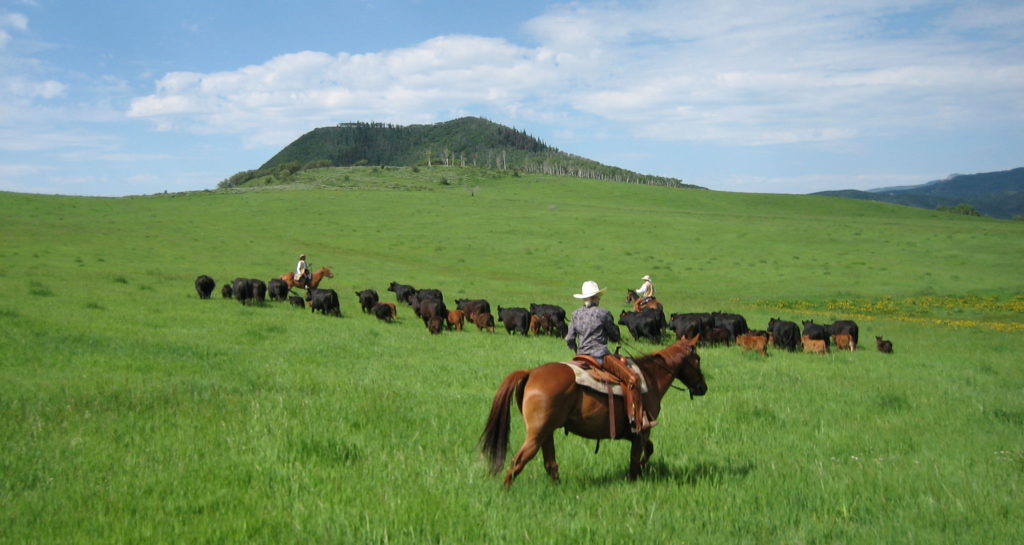Upper Elk River Valley
Taking Ranchland Protection into their own Hands
When ranchers in western Colorado’s Upper Elk River Valley realized that condos and vacation time-shares spilling over from popular nearby ski resorts threatened to drive ranching from the fertile agricultural valley, they took matters into their own hands. Ranchers Steve Stranahan and Jay Fetcher approached their neighbors and found they shared a commitment to keeping ranching in the productive valley, where a lack of planning had led to haphazard growth that was irrevocably altering the valley’s beautiful landscape and Western character.
They formed the Upper Elk River Valley Compact, developing a vision for how ranching, recreational uses, and carefully located development could fit together. They worked with American Farmland Trust to establish a set of voluntary principles that called for home construction only where it would not harm agricultural operations or valley views. It became the first private, community-wide agreement of its kind in the nation.

To show their commitment to keeping their land in ranching, several prominent valley ranchers—including Fetcher, Stranahan, and Mary Mosher—donated conservation easements on their land in the 1990s, inspiring others to do the same. American Farmland Trust then transferred the easements to the Colorado Cattlemen’s Agricultural Land Trust.
In 1996, Routt County voters overwhelmingly approved a program to protect threatened agricultural land, influenced by the ranchers’ vision. As of 2016, the Routt County Agricultural Easement Program had acquired 54 easements covering 40,598 acres.

